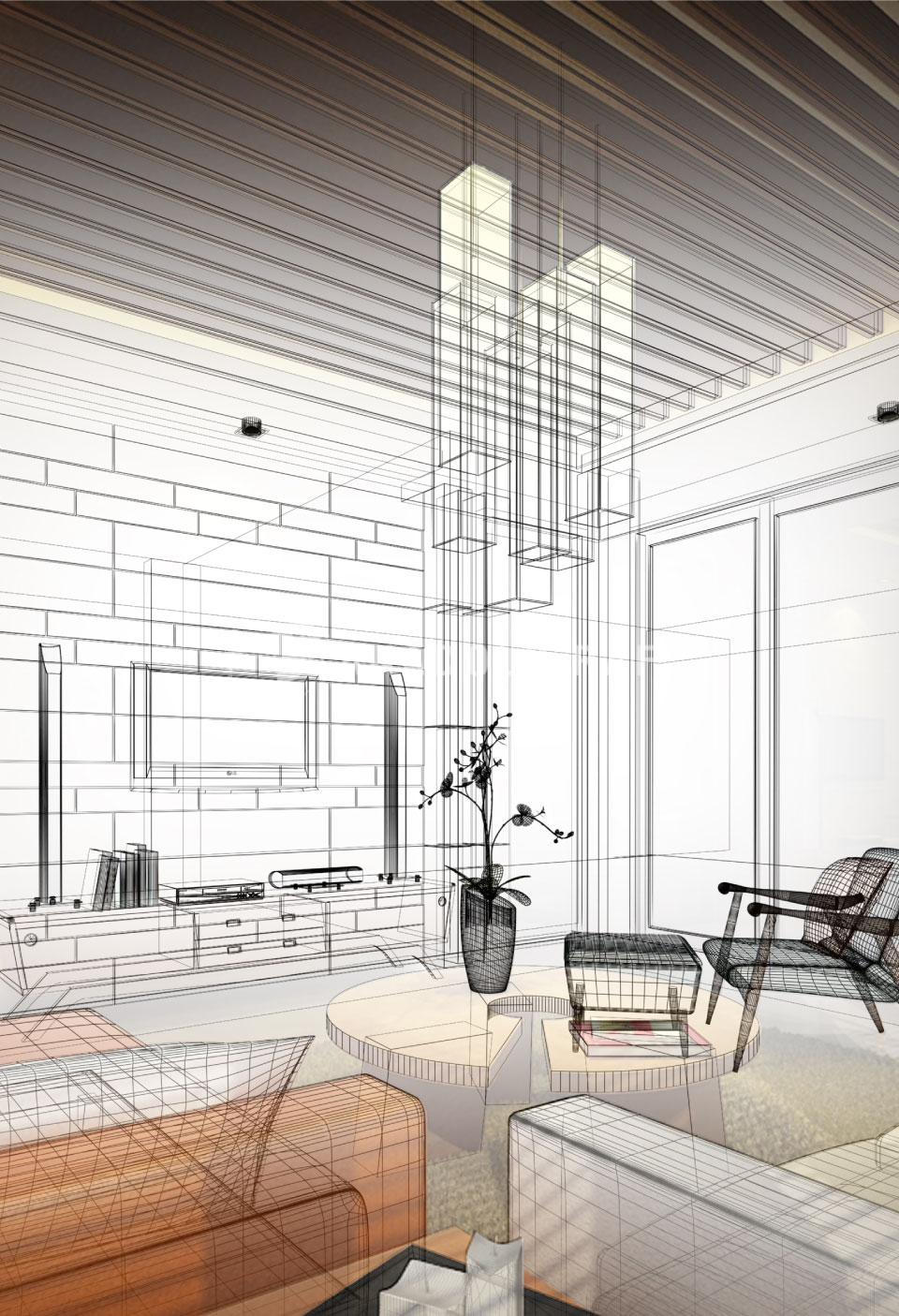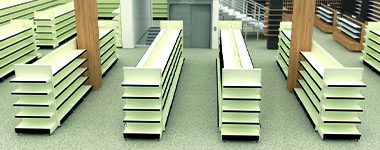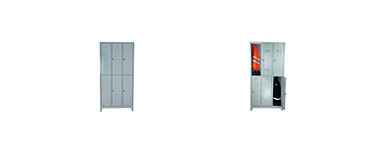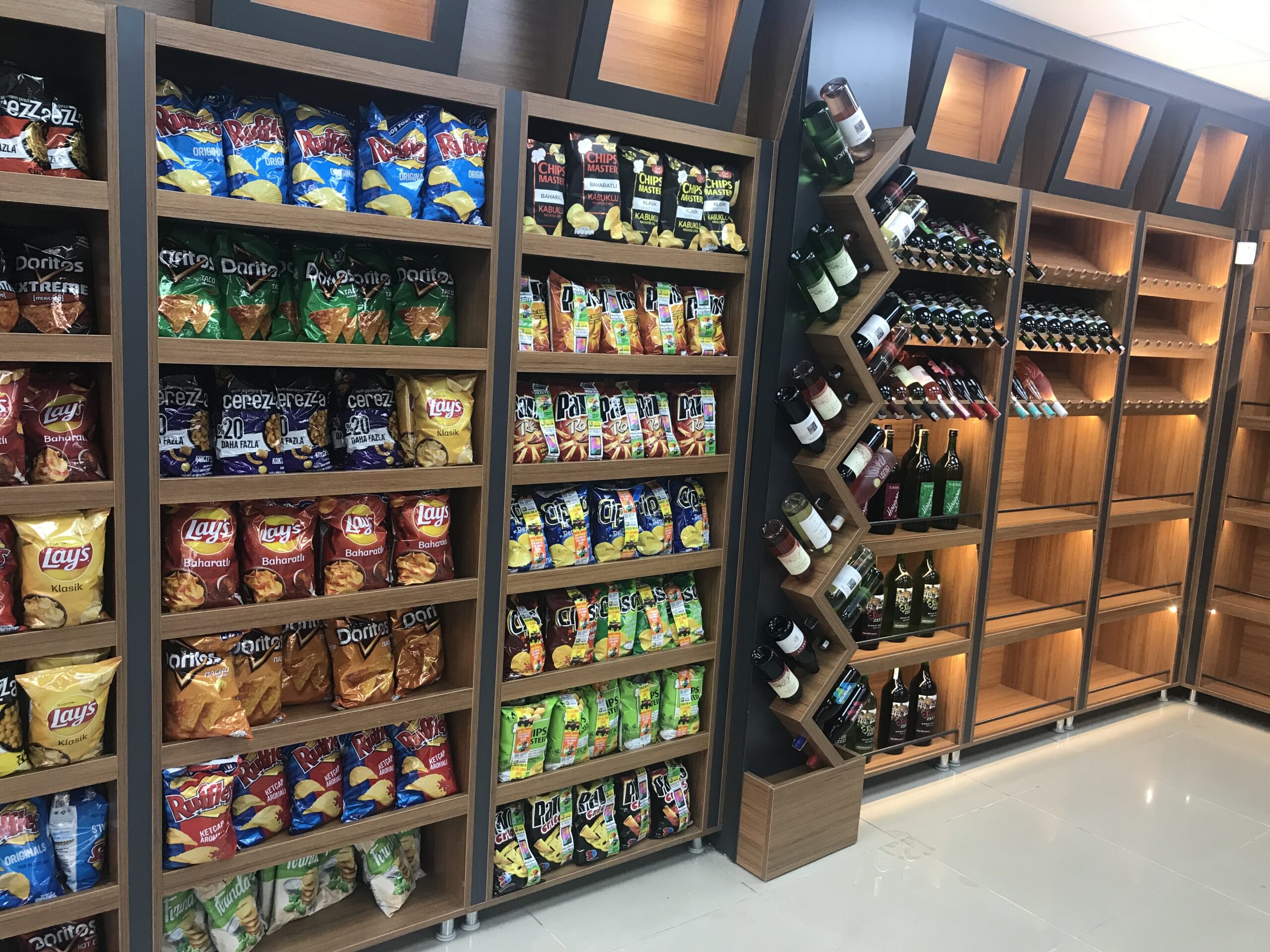What Should Be Considered When Designing Shelves in the Interior?
Retail stores should adopt a thoughtful approach to interior shelf organization to attract customers’ attention, increase sales and provide an effective shopping experience. There are some factors to consider when designing interior shelving. In this article, we will focus on what to consider when designing shelving indoors.
Store Structure and Space Planning
Before designing shelving indoors, the structure and space planning of the store should be considered. The size, shape and layout of the store are important factors for shelf placement. It should be considered to provide sufficient space and to allow customers to move around easily. An appropriate arrangement should be made in terms of customer flow, transition points and visual appeal.
Product Categorization and Placement
Product categorization and placement should be strategically planned during shelf design. Similar products should be grouped together and placed so that they can be easily found. Customers should be able to easily find and shop for the products they need. For example, cosmetics can be displayed in one section and food products in another.
Visual Presentation and Aesthetics
Shelf arrangement should be visually presentable and aesthetically appealing. Products should be displayed in an organized manner and kept clean. The harmony of colors and designs provides visual integrity. Correct lighting is also important in shelf arrangement. Proper lighting of the products increases visual appeal and makes the products look better.
Shelf Heights and Arrangements
Shelf heights and arrangements should be considered to provide customers with easy access to products. Shelf heights are important for the visual presentation of products and easy accessibility. In particular, products should be displayed at eye level where customers can easily reach them. In addition, sufficient space should be left between shelf arrangements and overcrowding of products should be avoided.
Labeling and Pricing
When organizing the shelf, it is important that products are correctly labeled and priced. The prices, features and information of the products should be clearly stated. If the labels are legible and the prices can be easily seen, it positively affects the shopping experience of the customers. Also, description cards with additional information or features about the products can be used.
In Conclusion
A careful planning and strategic approach is required when designing interior shelving. Factors such as store structure and space planning, product categorization, visual presentation, shelf heights, labeling and pricing should be considered. Shelf design can increase sales and build brand loyalty by influencing the customer experience. Stores should continuously review and renew their shelf arrangements in line with customer needs and market trends.























